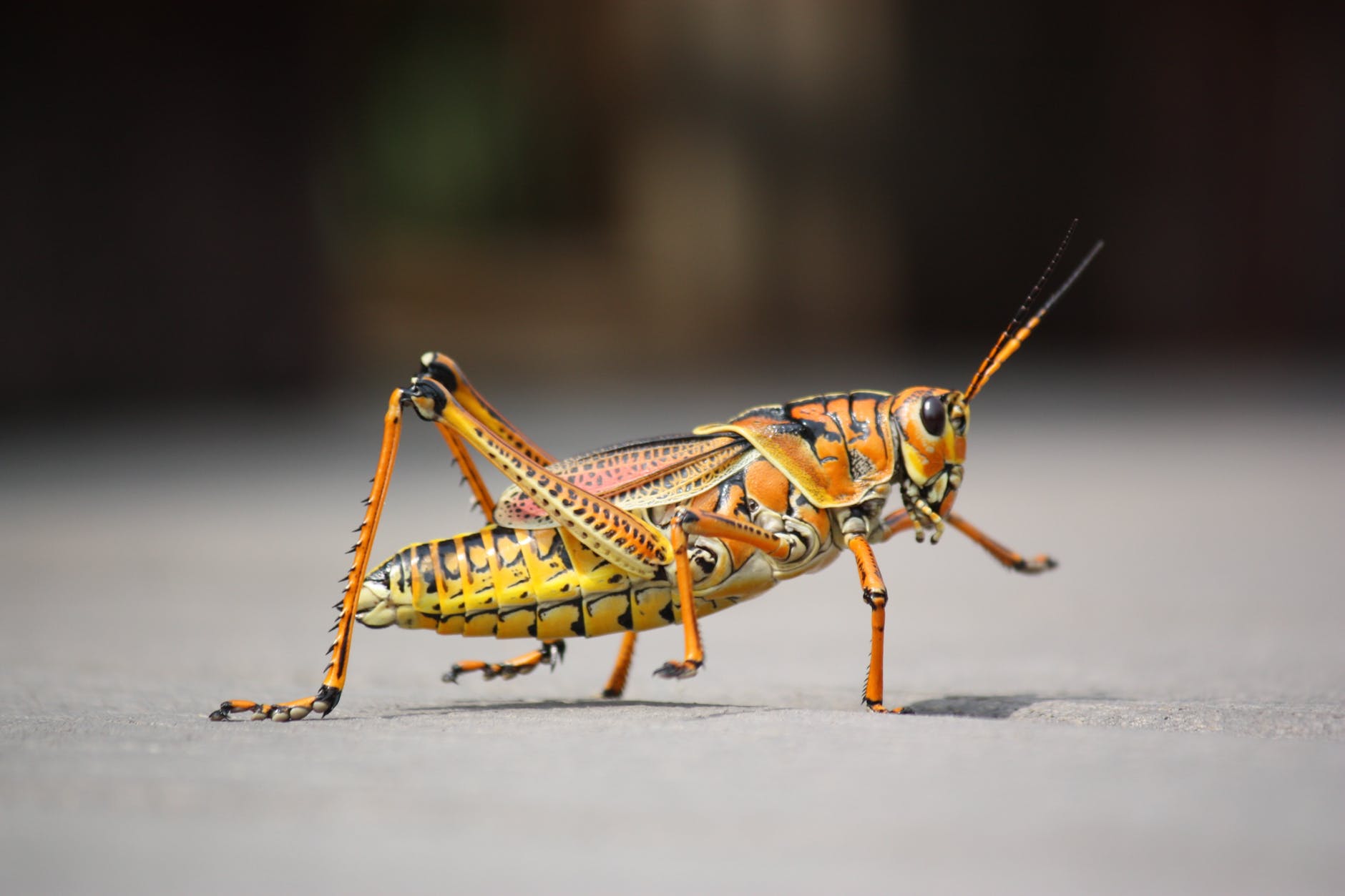Ever heard of bug protein shake, earthworm noodles, tangy red ant eggs chutney, silkworm pupae pickle!!! Here comes the era of new ingredients and delicacies in the Indian food palate. Yes!!! Edible insects are coming through as “silver bullets” to combat the ever growing problems of Indian population, poverty, diminishing natural resources and health concerns. They are an important source of protein and other nutrients and have high feed conversion efficiency and ability to feed on diverse food sources. They are perceived as a cheapest and convenient source of available, highly portable, natural and renewable nutrients resource and has ecological advantages over conventional protein sources such as poultry and meat i.e. could help tackle climate change by substantially reducing emissions linked to livestock production.
Entomophagy (Greek term: “entomos” meaning insects; and “phagein” means “to eat”) is the consumption of insects as food. It is practiced in many countries around the world but predominantly in parts of Asia, Africa and Latin America. Globally, there are more than 1000 edible insects, of which, a total of 255 edible insects were recorded in different parts of India. Among the ethnic people of India, the tribes of Arunachal Pradesh (about 158 species) far outnumber others in the edible insects taken as food. This is followed by Manipur, Assam and Nagaland (16 to 40 insect species). In Kerala, Madhya Pradesh, Odisha, Tamil Nadu and Karnataka, too, found evidence of six insect species being eaten.
Globally, the most common insects consumed are beetles (Coleoptera), beside this, other groups of edible insects are 1) Lepidoptera - caterpillar 2) Hymenoptera - bee, wasp 3) Orthoptera -locust, cricket, grasshopper 4) Hemiptera - true bugs, cicadas, leafhoppers, plant hoppers, scale insects 5) Isoptera - termites 6) Odonata - dragonfly 7) Diptera - flies. They can be eaten whole or could be fried, boiled and salted prior to eating or transformed into stir fries, roasts, chutneys, sauces, protein bars, protein shakes, beverages, baked product and snacks, confectionaries, oil and others. They could be mixed with sauce and cream and converted into delicious delicacies or could be used as an ingredients in some pre-packaged foods. They could also be harnessed into supplements and powders. They could be used as meal for animal feeding and could replace some of the expensive ingredients, such as soybeans and fishmeal, which are fed to farm animals, potentially lowering the cost of livestock products and freeing up feed crops for human consumption. Their role in traditional medicine and other cultural practices have also been observed. Also, various products can be prepared from their extract proteins and mineral content to create organic food product. For e.g. carmine dye is a biologically derived colorant obtained from the dried bodies of female cochineal insects (Dactylopius coccus Costa/Coccus cacti L). Carmine is used as a food dye (red in colour) in many different products such as juices, ice cream, yogurt, and candy, and as a dye in cosmetic products such as eye shadow and lipstick.

©2014 Chakravorty J, et al. Under Creative Commons Attribution License
Nutritional benefits
In terms of nutrition, insects provide outstanding advantages, having high fat, protein (amino acids such as methionine, cysteine, lysine, and threonine), carbohydrate, fiber, vitamin (vitamin A, B complex and C), and mineral (calcium, iron, zinc, phosphorous) content.
Insects’ protein content with many species ranges above 60%. The fat content of insect’s ranges from 7 to 77 g/100 g dry weight and the caloric value of insects vary between 293 and 762 kcal/100 g dry weight. These values depend on insect diet and insect species. Insect proteins are highly digestible (between 77% and 98%), although insect forms with an exoskeleton have lower values, due to the presence of chitin which could be removed to increase the insect protein quality.
Insects can also be used a source of fiber due to their high chitin content, accounting for about 10% of the whole dried insect. Insects also have high vitamin and mineral content. 100 grams of bugs would yield 55 grams of protein and 18 grams of fat. They also contain Omega 3 and 6 acids and have a healthy lipid profile.
Conclusion
India being the tropical country, the diversity and abundance of insects are greater. Therefore, India can be a potential land for insect bio-resource. While many get nervous at the thought of insect-tastings, they are the future of protein and there is a need to develop effective means to glamorize the consumption of these often undervalued bioresource. Edible insects can constitute an important part of the diet of Indians and other developing nations and help combat various global issues, predominantly malnutrition and food insecurity.
References
- https://economictimes.indiatimes.com/industry/cons-products/food/chefs-and-researchers-incorporate-insects-protein-powerhouses-into-mainstream-diet/articleshow/58319599.cms
- Chakravorty J (2014) Diversity of Edible Insects and Practices of Entomophagy in India: An Overview. J Biodivers Biopros Dev 1: 124. doi:10.4172/2376-0214.1000124
- https://www.cambridge.org/core/services/aop-cambridge-core/content/view/S174275841100 0257
